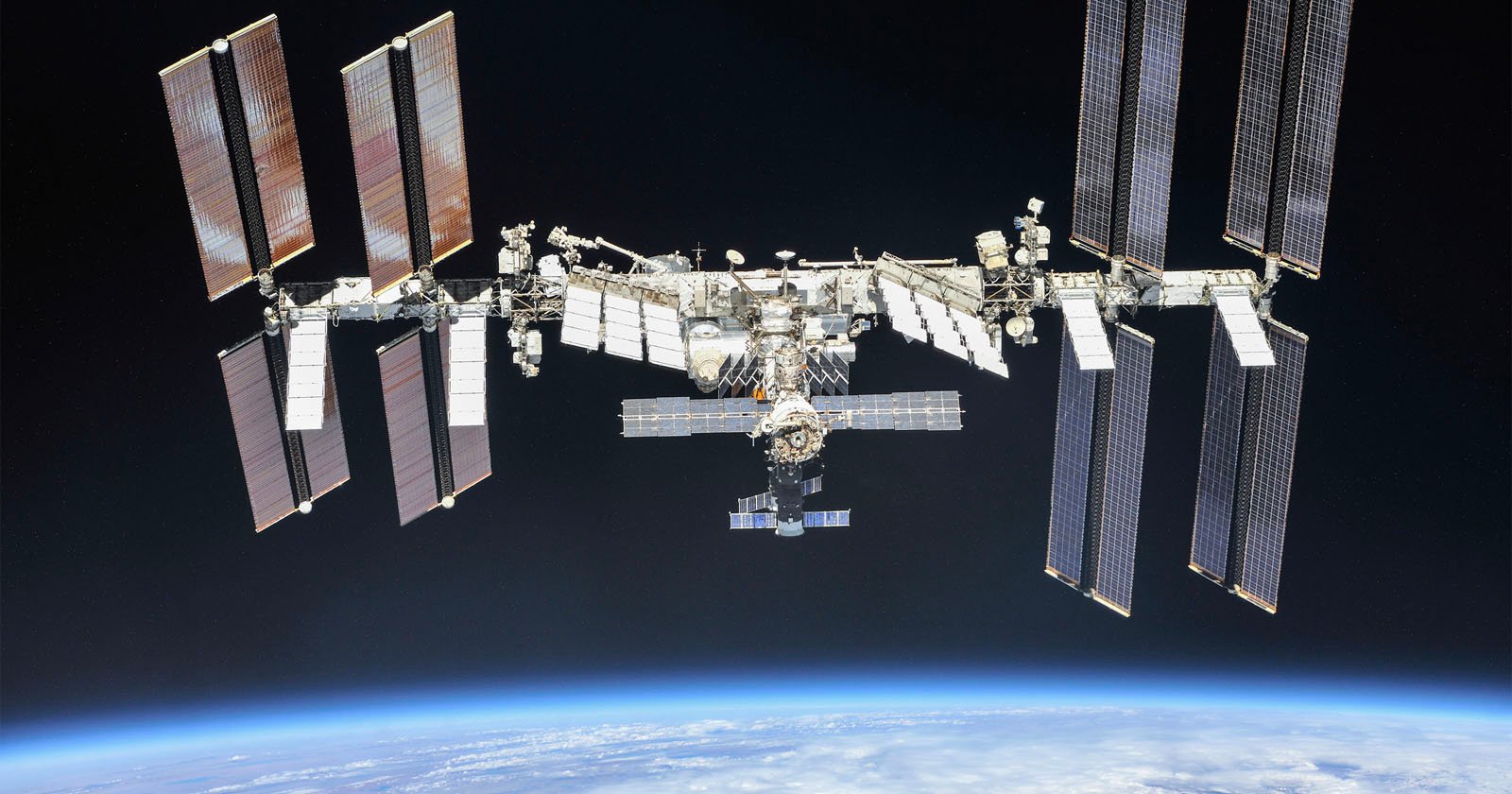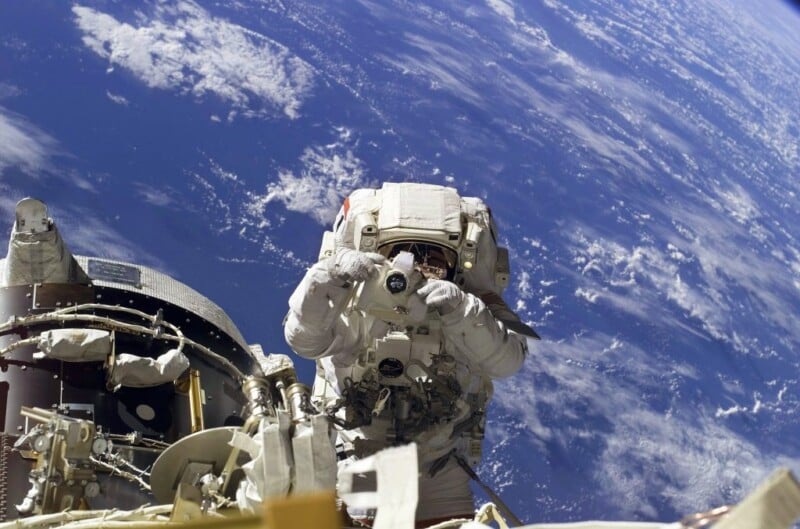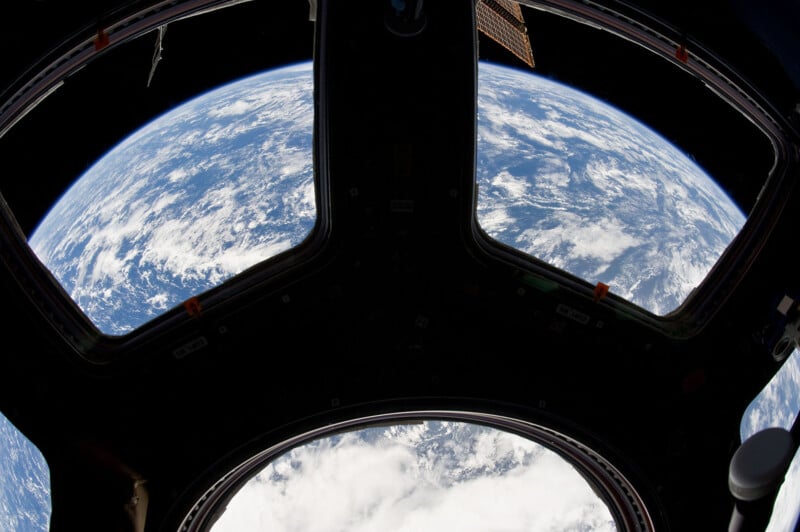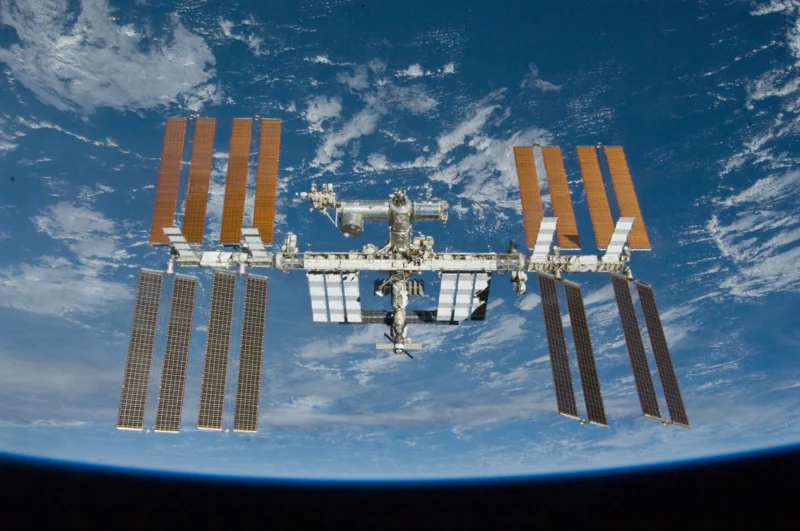NASA Goes Mirrorless: The Nikon Z9 is on the Worldwide Area Station

The Worldwide Area Station (ISS) has been outfitted with a big batch of Nikon Z9 cameras because the astronauts there put together to lastly retire the Nikon DSLRs which have served as the first programs in orbit for years.
Nikon says that 13 Nikon Z9 cameras, 15 FTZ II adapters, and greater than 15 Nikkor Z lenses (together with super-telephoto and macro lenses) have been launched to the ISS in January aboard the twentieth Northrop Grumman industrial resupply companies mission for NASA. The Cygnus cargo spacecraft, carried on the SpaceX Falcon 9 rocket, launched from Area Launch Advanced 40 at Cape Canaveral Area Drive Station on January 30, 2024.
The Japanese digital camera firm considers this a landmark achievement for the Nikon Z sequence, as it will likely be Nikon’s first mirrorless digital camera utilized by the area station crew. The cameras are changing the present stock of Nikon D6 and D5 SLR cameras on the ISS (the D5 has been “in service” above Earth since 2017).

Because the Apollo 15 mission greater than 50 years in the past, Nikon cameras and lenses have been utilized by NASA for area exploration on numerous missions and the area shuttles. Beginning in 1999, Nikon cameras (Nikon F5) and Nikkor lenses have been used aboard the orbiting laboratory to assist in scientific analysis, upkeep, and aiding astronauts capturing the enduring pictures of Earth, the heavens, and past. The gear is used each contained in the area station, but additionally within the unrelenting vacuum of area in a particular “blanket” developed by NASA. In 2008, NASA took supply of the D2XS digital SLR, and in 2013, 38 Nikon D4 digital SLR cameras and 64 Nikkor lenses have been delivered to the area station crew.
Of notice, cameras taken into area don’t have a protracted shelf life. As astronaut Don Pettit explained to PetaPixel final yr, the sensors are bombarded with “cosmic rays” and the sensors develop into broken, giving them a few six month shelf life. These Nikon Z9s that have been launched final month, subsequently, will possible get replaced by one other batch this summer season.

As additionally talked about in that article, Nikon creates customized firmware for the space-bound cameras that’s designed to raised serve astronauts. This contains increasing noise discount to quicker shutter speeds to account for the fixed bombardment of cosmic radiation that the crew and equipment are topic to in regards to the area station. Extra modifications have been made to the file naming sequence, in addition to default settings and controls which can be optimized for all times aboard the orbiting laboratory and when enclosed within the protecting masking for exterior missions. Adjustments have additionally been made to the in-camera FTP and switch protocol to simplify the astronaut’s workflow, improve effectivity and scale back energy consumption when sending pictures from area to Earth. Extra details about this course of might be learn in PetaPixel‘s previous coverage.

“Nikon firmly believes in NASA’s mission of area exploration and pioneering analysis, and we are going to proceed to work carefully with the area company to verify they’re correctly outfitted,” Naoki Onozato, President and CEO, Nikon Inc., says. “The courageous crew have to face up to the trials of area exploration, however we wish to assist to verify they gained’t have to fret about their digital camera gear.”
NASA has labored with Nikon for a very long time, relationship again to 1971 when a customized Nikon Photomic FTN was used on the Apollo 15 mission. In 2017, NASA ordered a batch of 53 Nikon D5 DSLRs for the ISS. Shifting ahead, anticipate that to be the Z9 — a minimum of till Nikon makes a brand new flagship.


